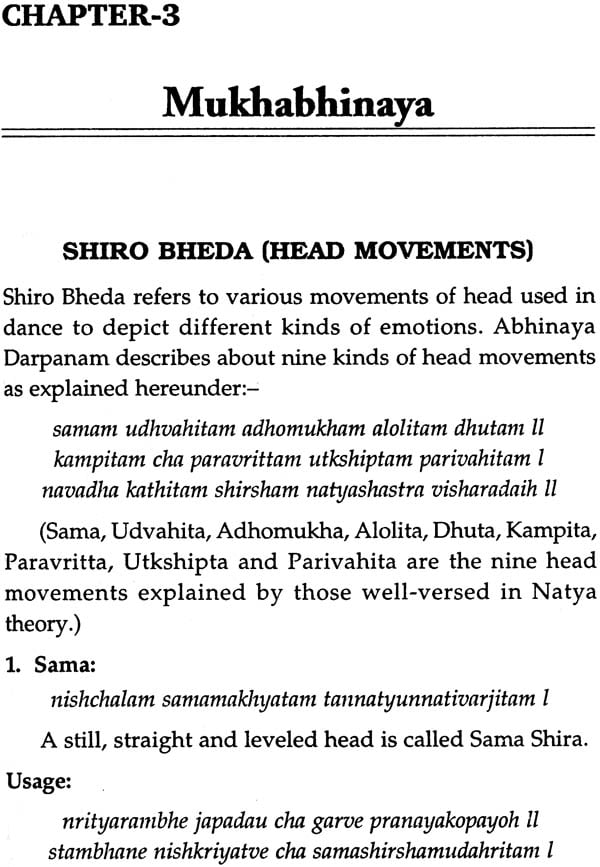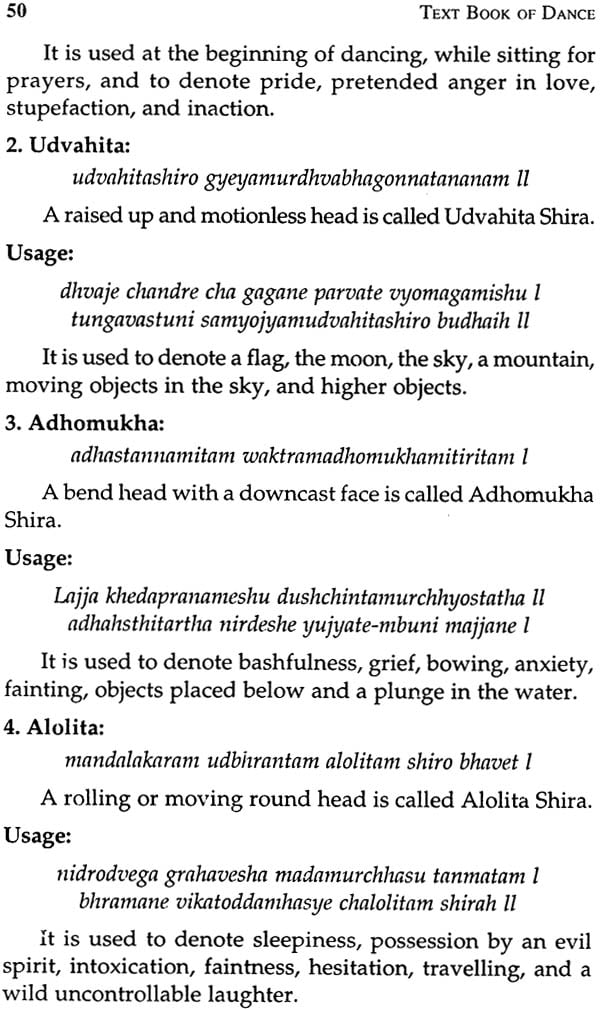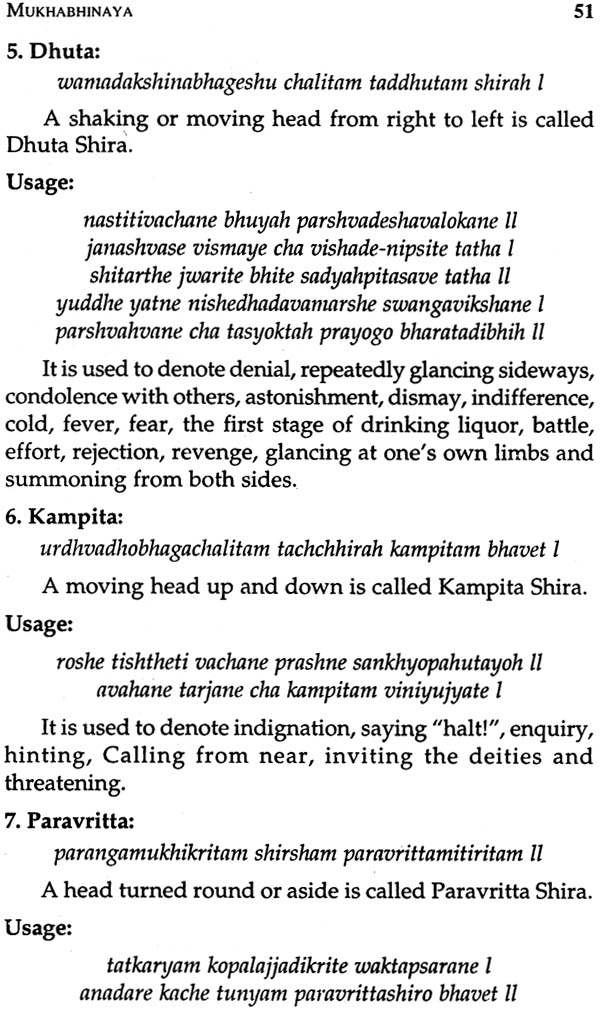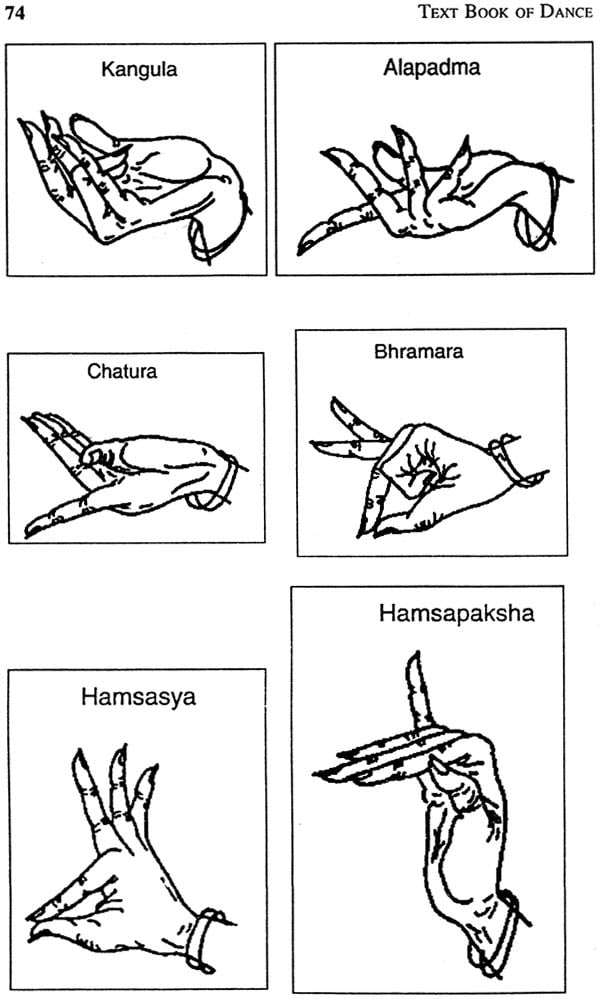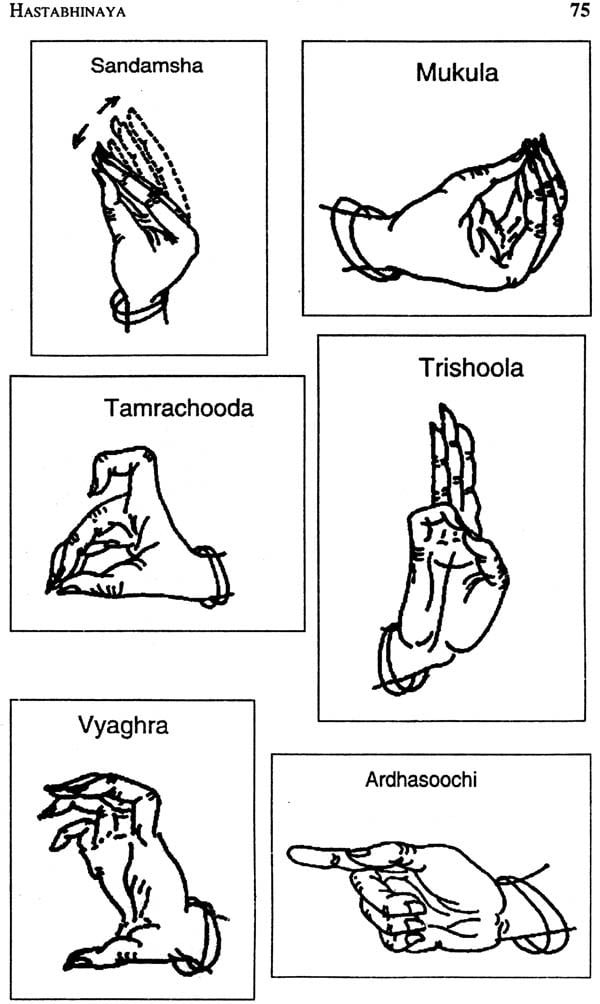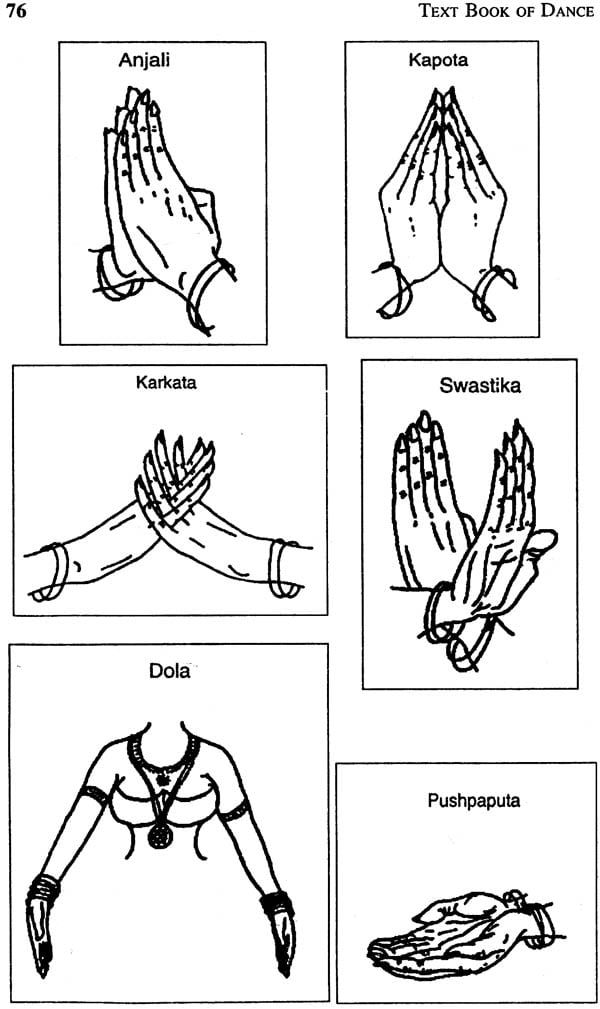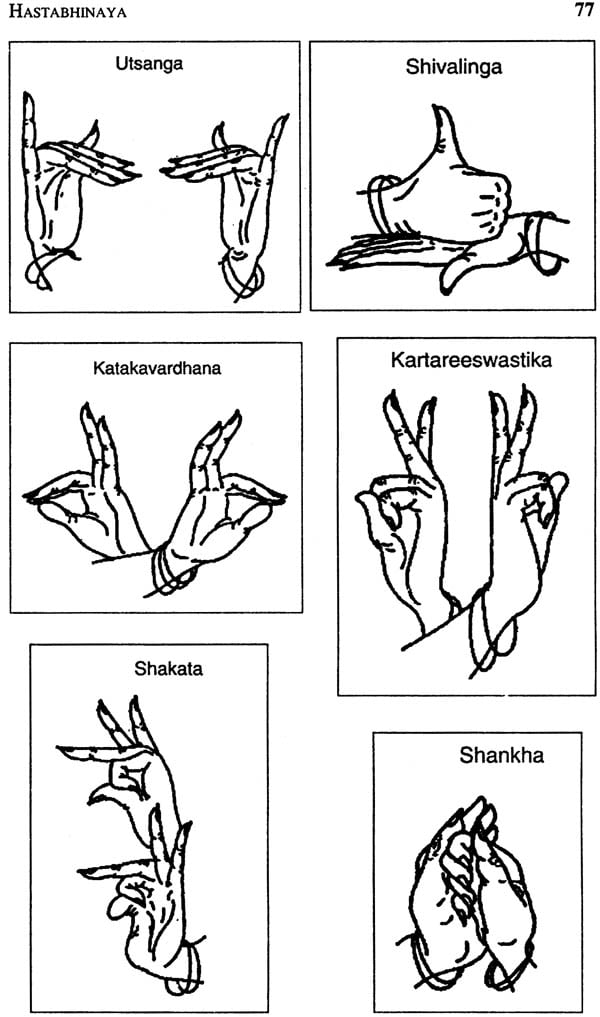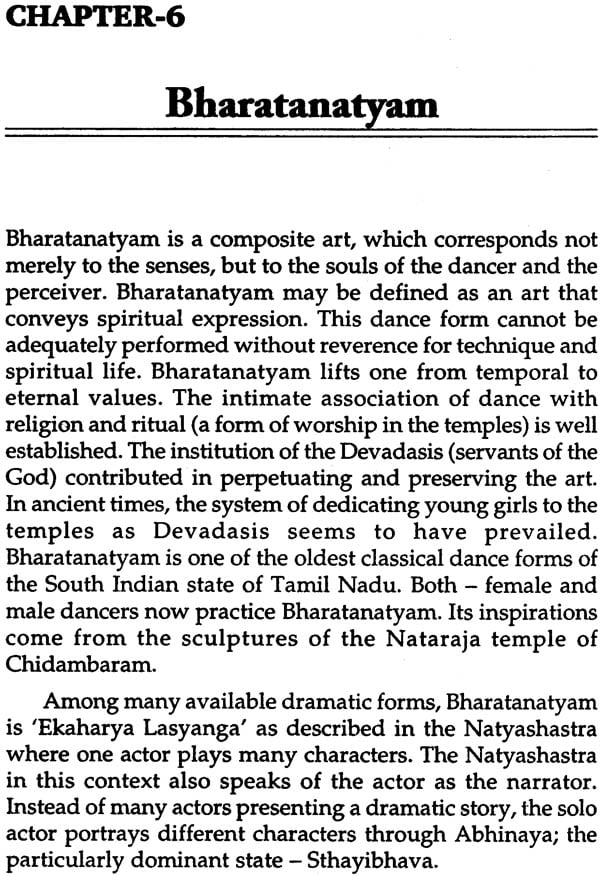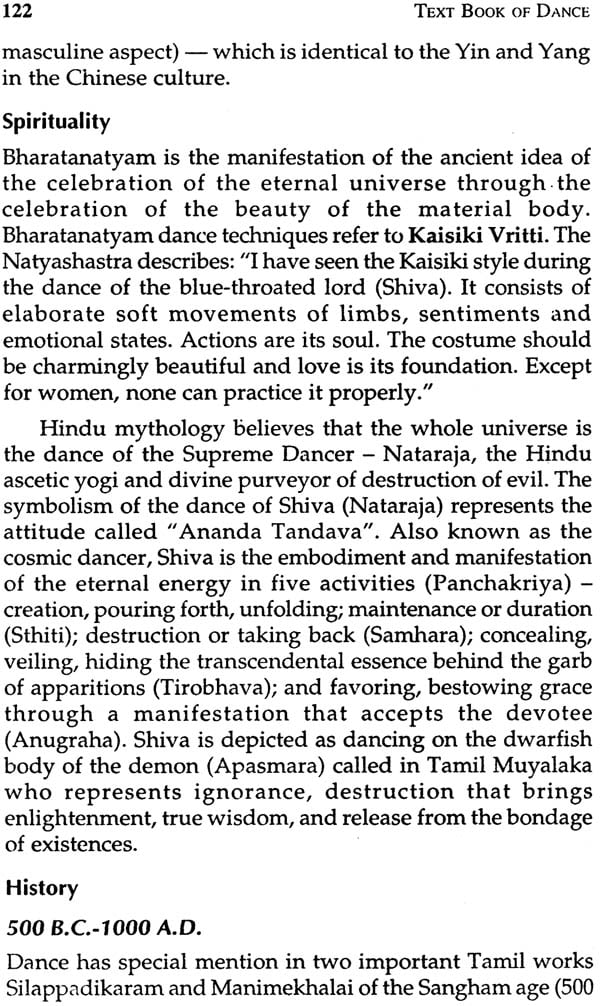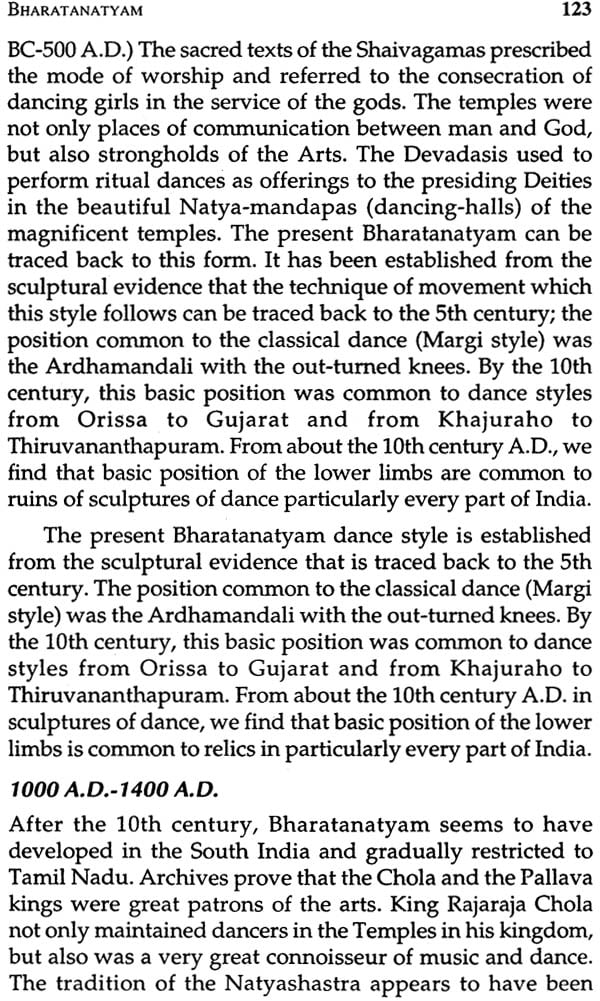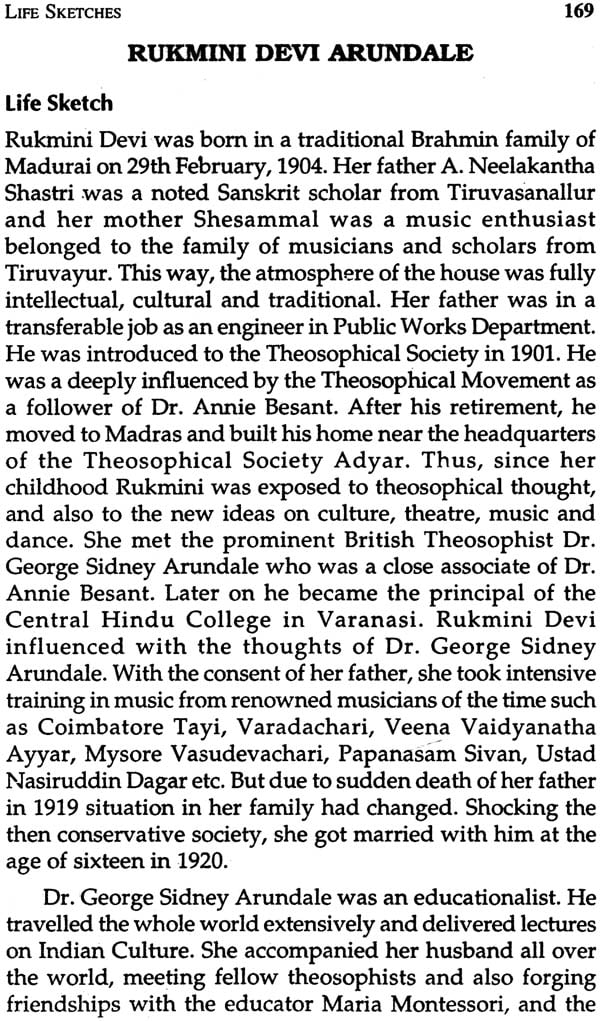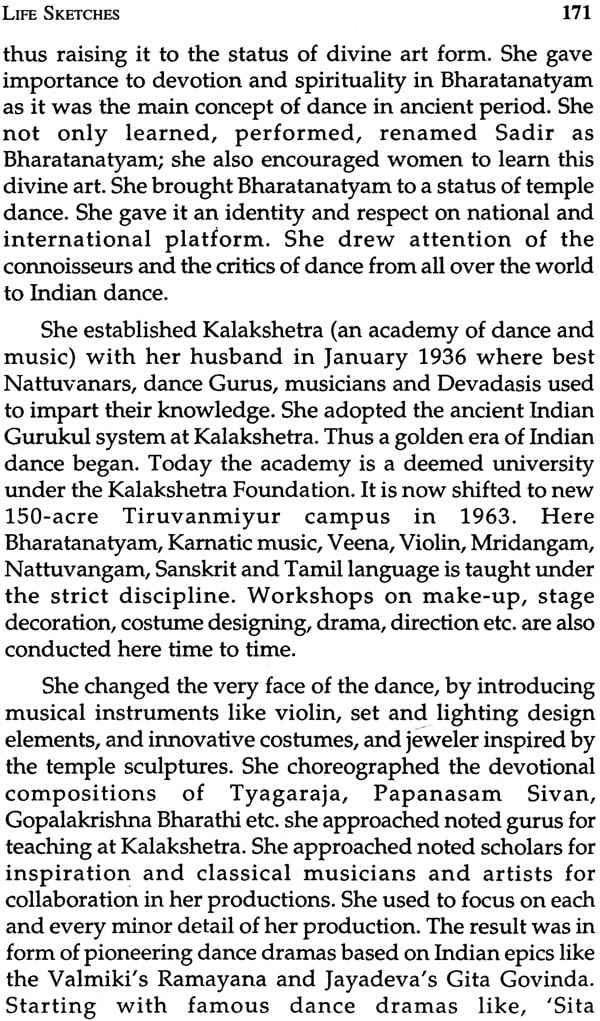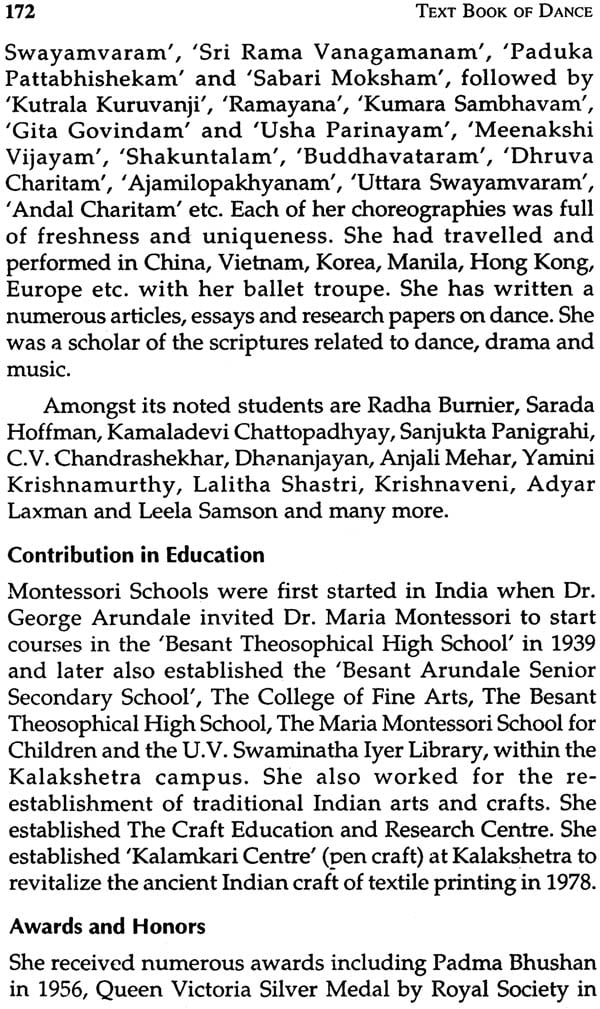
Text Book of Dance
Book Specification
| Item Code: | NAL868 |
| Author: | Gyanendra Dutt Bajpai |
| Publisher: | Kanishka Publishers |
| Language: | English |
| Edition: | 2014 |
| ISBN: | 9788184576177 |
| Pages: | 210 (53 B/W Illustration) |
| Cover: | Hardcover |
| Other Details | 9.0 inch X 6.0 inch |
| Weight | 350 gm |
Book Description
I always wanted to share my experience and teacher. This book contains chapters according to the syllabus of very popular examination bodies. Mostly they have almost similar syllabus, give or take a few chapter that may vary according to the classes, but over all content is almost the same. I have tried to compile all the information students need in one place. I have included a general introduction about Origin of dance, Abhinaya Darpanam & Natyashastra; Tala, Dasa Prana of Tala, Margi Tala, North Indian & South India Tala System; Shiro, Drishti & Greevabheda; Asamyuta and Samyuta Hasta, Deva, Dashavatara, Jatiya, Bandhava, Navagraha Hasta & Hastaprachara; Mandala, Sthanaka, Utplavana, Bhramari, Chari & Gati; Bharatanatyam dance style; Abhinayabheda, Bhava & Rasa; Life Sketches of some great nattuvanars, Gurus and Bharatanayam exponents like Meenakshisundaram Pillai, Mutthukumaran Pillai, Mylapore Gowri Amma, Bala Saraswati, Rukminidevi Arundale, Saroja Vaidyanathan; and notation on Margam.
I am sure the book will serve its purpose as text book of dance. I will try to include other aspects of dance in my next book. I warmly welcome any suggestions, correction and modification from my readers.
Gyanendra Dutt Bajpai Traditionally trained in Tanjore style of Bharatanatyam under the able tutelage of Guru Saroja Vaidyanathan; Gyanendra is an accomplished dancer and has enthralled audiences all over India abroad also through his captivating dance recitals. Government of India has bestowed upon him with National Scholarship in the field of Bharatanatyam. He has been awarded by many institutions and associations for his contribution to the field of dace. His choreographies have been appreciated by the masses and the critics. He is engaged in dance teaching since 1991. He has been lecturer in Bhartanatyam at Indira Kala Sangeet Vishwavidyalaya, Khairagarh and also deputed by the Indian Council for Cultural Relation to Indian Culture Center, Tokyo for imparting nuances of Bharatanayam dance . He won “Gina-sho ‘07’ by World Dance Festival in Japan for the best technique in dance. Presently, he is working as Lecturer Bharatanatyam at Bhatkhande Music Institute, Deemed University, Lucknow (India) Since 2005.
Earlier as a student and later as a teacher, I felt a strong need of a proper text book on dance which can cater information suitable to a proper syllabus for the students of dance. Although there are plenty of books on dance; some are of very high standard suitable for the scholars of dance as research annals or for the advanced students of post graduate level and some are very low standard even for the beginners. Some books provide knowledge in tits and bits and some are really damn expensively printed on high quality imported glossy paper decked with hundreds of coloured pictures of famous dancers, Gurus, their productions, performances, costumes, ornaments etc. These books are very good for the foreigners to give an insight of Indian dance but of no use for the beginners who are searching a book suitable for their syllabus.
I have tried to include chapters according to the syllabus of few very popular examination bodies. Most of the examination bodies have almost similar syllabus give or take a few chapter s that may vary according to the classes, but over all content is almost the same. I am sure the book will serve its purpose as text book of dance. I warmly welcome any suggestions, corrections and modifications form my readers.
I am very grateful to my Padmabhushan Guru Saroja Vaidyanathan, Without her help, guidance and encouragement I would not have been able to complete this work.
Origin of Indian Dance In Mythology
Long ago, when Vaishvata Manu was preparing for the Treta Age, popular morality was dominated by envy, resentment, weal and woe; Devas, Asuras, Gandharvas, Yakshas and Lokapalas enteres in Jambu Dwip. Lord Indra approached Brahma and requested “Presenly, there are four Vedas-Rigveda, Yajurveda, Samaveda and Atharvaveda. But, these are forbidden to Shudras, the people of lower caste, therefore kindly create a fifth Veda which would be accessible to the people of all the castes.” Then Brahma went into meditation and recalled four Vedas. He extracted Recitation (Pathya) from Rigveda, Gestures (Abhinaya) from Yajurveda, Music (Geeta ) from Samaveda and flavours (Rasa) from Atharvaveda. He compiled all these components and created a fifth Veda called “Natyaveda”.
According to some scriptures, on request of his devotees Siva agreed to perform Tandava at the duck time of an auspicious day. Lord Shiva performed Tandava consisting of 108 Karanas, 32 Angaharas and 5 Rechakas which was witnessed by all the God, Goddesses, Sages, Yaksha, etc. His cosmic dance was accompanied by Goddess Saraswati on Veena, Lord Indra on Flute, Lord Brahma on cymbals. Lord Vishnu on Talam, Nandi on Mridangam and Goddess Lakshmi rendered Vocal music. The Music ensemble for Lord Shiva consisted of Mridangam, patah, Jhanjha, Bhanda, Bheri , Dundubhi, Gomukha, Panava and Dardura.
Lord Brahma imbibed these nuances and grammar of dance and also synthesized the compositions of four Vedas to form “Natyaveda”. Brahma gave “Natyaveda” to Bharata who combined it with Nritta, Nritya and Natya. Bharata choreographed a Samavakra (a production) titled Amritamanthana (Churning of the Nectar) and presented it with the groups of Gandharvas and Apsaras in front of Lord Shiva at Mount Kailasa. Lord Shiva was pleased to see the performance. After some time, a Dima (a kind of production) titled Tripuradaha ( Burning of the Three Cities) is performed relating Shiva’s exploits. Shiva asked Bharata to incorporate Tandava dance in the Purvaranga (preliminaries).
He appointed his disciple Tandu for teaching Tandava to Bharata. Tandu explained the components of Tandava, the categories of its movements, and their composition in chorographical patterns. Lord Shiva felt that without the Lasya, the performance was incomplete. He taught Lasya to Parvati. Lord Shiva deputed his favorite disciple Tandu for teaching Tandava and Lasya to Bharata. Thus Tandava and Lasya became two basic components of dance.
Bharata codified this art in a very systematic manner combining with dance, drama, music, painting, sculpture architecture, costumes and jewelry designing and such other aspects in from of a Shastra, called “Natyashastra”.
Parvati taught Lasya to Usha, the daughter of Banasur. Usha taught to the milk-maids of Dwaraka , who in their turn taught to the women of other regions and countries. Thus the art of dancing was traditionally handed down and has spread worldwide.
Natyashastra is the most detailed and elaborated of all treatise on dramatic art ever written in any language and regarded as the oldest surviving text on stagecraft in the world. Bharata Muni in his Natyashastra demonstrates every aspect of Indian drams while covering ares like music, stage-design, make up, dance and virtually every aspect of Indian drama while covering ares like music, stage-desigen, make up, dance and virtually every aspect of stagecraft. With its kaleidoscopic approcuh, with its wider scope Natyashastra has offered a remarkable dimension to growth and art. Hence it is certainly not an overstatement to say that Natyashastra indeed laid the cornerstone to say that Natyashastra indeed laid the cornerstone of the fine arts in India. The comnmentaries on the Natyashatra are known, dating from the sixth or seventh centuries.
The earliest surviving one is the Abhinavabharati by Abhinava Gupta. It was followed by works of writers such as Saradatanaya of twelfth-thirteenth century, Sarngadeva of thirteenth century, and Kallinatha of sixteenth century, However the Abhinavabharati is regarded as the most authoritative commentary on Natyashastra as Abhinavagupta provides not only his own illuminating interpretation of the Natyashastra, but wide information about pre-Bharata traditions as well as varied interpretations of the text offered by his predecessors. Written in Sanskrit, the vast treatise consists of 6,000 sutras. The Natyashastra has been divided into 36 chapters. The title can be loosely translated as “A compendium of Theatre” or “A Manual of Dramatic Arts”. Natyashastra is an important text in the fine arts for many centuries influencing of the terminology and structure of Indian classical dance and music. For about 2000 years the Natyashastra has inspired new texts and various regional tradition of theatre. Kutiyattam in Kerala is an extent Sanskrit form that imbibed and developed the theory and practice originating from the Natyashastra. The analysis of body forms and movements defined in Natyashastra also influenced Indian sculpture and the other visual arts in later centuries. With well knit chapters Natyashastra covers every aspect of Indian art and drama. From issues of literary construction, to the structure of the stage or Natyamandapa, from a detailed analysis of dance forms and their impacts on the viewers, Natyashastra covers every possible facet in detail. As an audio-visual form, Natyashastra mirrors all the arts and crafts, higher knowledge, learning, sciences, yoga, and conduct. Its purpose is to entertain as well as educate. Bharata has experienced pleasure as well as pain in life, and is gifted with restraint as well as vision. He understood the fact that performance is a collective activity that requires a group of trained people, knit in a familial bond and has best portrayed this understanding in the first chapter of his treatise, Natyashastra.
| Preface | ||
| 1 | Introduction | 1 |
| Origin of Indian Dance in Mythology, Natyashastra, Abhinaya Darpanam | ||
| 2 | Tala (The Rhythm) | 10 |
| Tala, Tala Dasa Prana, Margi Talas, North Indian Tala System, South Indian Tala System | ||
| 3 | Mukhabhinaya | 49 |
| Shirobheda, Drishtibheda, Greevabheda | ||
| 4 | Hastabhinaya | 58 |
| Asamyuta Hasta, Samyuta Hasta, Deva Hasta, Dasavatar Hasta, Jatiya Hasta, Bandhaa Hasta, Navagraha Hasta, Hasta Prachara | ||
| 5 | Chestakrita ( Postures and Movements of Body & Feet) | 107 |
| Mandala, Sthanaka, Utplavana, Bhramari, Chari, Gati | ||
| 6 | Bharatanatyam | 120 |
| Tradition, Spirituality, History, Downfall, Revival, Contribution of Chola & Pallava Rulers, Qualities of Dancer, Techniques, Adavu, Repertoire, Jewellery, Costume, Musical Ensemble, Languages, Styles, Technical Terms | ||
| 7 | Abhinaya | 146 |
| Abhinaya Bheda, Bhava, Rasa | ||
| 8 | Life Sketches | 155 |
| Meenakshisundaram Pillai, Mutthukumaran Pillai, Mylapore Gowri Amma, Bala Saraswati, Rukminidevi Arundale, Saroja Vaidyanathan | ||
| 9 | Notation (Songs and Korvais) | 179 |
| Pushpanjali, Alarippu, Jathiswaram, Shabdam, Varnam, Keertanam, Padam, Tillana | ||
| Index | 199 |
